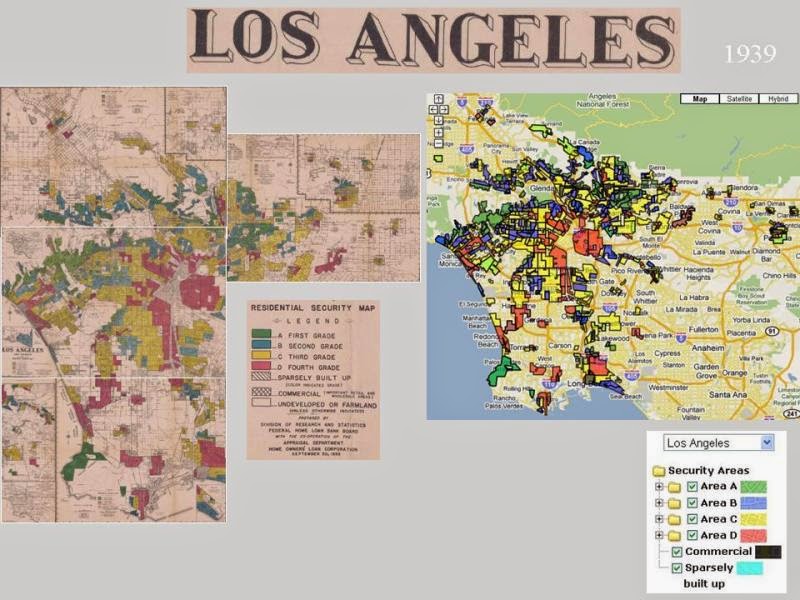Korematsu v. United States (1944)
In the aftermath of the attack on Pearl Harbor and offical declarations of war between Japan and the United States, distrust of Japanese-American citizens reached an all time high. In February of 1942 president Roosevelt responded to these fears by issuing Executive Order 9066. This order called for the evacuation of all people of Japanese descent, deemed threats to national security, from the west coast. As a result over 100,000 people were forced from their homes and moved to guarded internment camps. One of the citizens who knowingly defied this order was Fred Korematsu, who after being arrested for this violation turned his case into a test of the order's legality. Korematsu' argument was that by denying Japanese-American citizens individual trials to assess their national loyalty the executive order was violating the Fifth Amendment (right to fair trial). The Supreme Court ultimately ruled 6 to 3 in the executive order's favor, upholding that the military authorities were justified in their targeting of Japanese ancestry as the security of the nation as a whole outweighed the individual's rights in a time of war.| Fred Korematsu |
Loving v. Virginia (1967)
In 1924 Virginia passed "The Racial Integrity Act", making any marriage between white and "colored" people illegal. In 1958, Mildred Loving, an African-American and Native American woman, and Richard Loving, a White man, travelled to Washington D.C. to marry, thereby evading Virginia's marriage law. Only a year later, however, they were arrested for the violation and sentenced to a year in prison which could be delayed by 25 years if they moved out of Virginia. Five years later the couple started a series of appeals which eventually made it to the Supreme Court. The case argued that such a marriage restriction law was in violation of the Equal Protection Clause of the Fourteenth Amendment (guarantees equal legal rights for racial minorities). In a unanimous decision the Supreme Court ruled that the denial of the right to marry was racist, overturning Virginia's law as well as the laws of 16 other states.| Mildred and Richard Loving |
Jones v. Alfred H. Mayer Co. (1968)
While compared to the previous two cases mentioned Jones v. Alfred H. Mayer Co. has less background context recorded, it is no less important of a ruling. In 1965 Joseph Jones tried to purchase a home in the Paddock Woods community in St. Louis, Missouri. When denied the chance to purchase by the Alfred H. Mayer Co., Jones brought them to court on the ground that their refusal was based on his race. The Supreme Court ultimately ruled that such laws were in violation of the Fourteenth Amendment, rendering such discriminatory sales practices unlawful.Impact: While the statures set on property sales is important, one of the most important aspects of this ruling is the legal framework it set down for future cases. In their ruling the Court specifies that "determine what are the badges and incidents of slavery, and the authority to translate that determination into effective legislation." Essentially this means that Congress was affirmed to have the power to intercede not only in economic exchange at a state level, but on a private level as well. This regulatory ability proves a vital tool in continued efforts to protect minority opportunities.
Bibliography:
Executive Order 9066, February 19, 1942; General Records of the Unites States Government; Record Group 11; National Archives.
Weiss, Debra . "Scalia: Korematsu was wrong, but 'you are kidding yourself' if you think it won't happen again." ABA Journal. N.p., 4 Feb. 2014. Web. 26 Sept. 2014
TOYOSABURO KOREMATSU v. UNITED STATES. Supreme Court. 18 Dec. 1944. Http://caselaw.lp.findlaw.com. Web. 26 Sept. 2014. https://supreme.justia.com/cases/federal/us/392/409/case.htmlJONES v. ALFRED H. MAYER CO. Supreme Court. 17 June 1968. Https://supreme.justia.com. Web. 26 Sept. 2014.
LOVING v. VIRGINIA. Supreme Court. 12 June 1967. Http://caselaw.lp.findlaw.com. Web. 26 Sept. 2014. http://caselaw.lp.findlaw.com/scripts/getcase.pl?court=US&vol=388&invol=1
Images:
Korematsu: http://www.aaba-bay.com/news/korematsu-vs-u-s/
Loving: http://www.harpyness.com/2009/05/07/harpy-hall-of-fame-mildred-loving-1940-2008/








